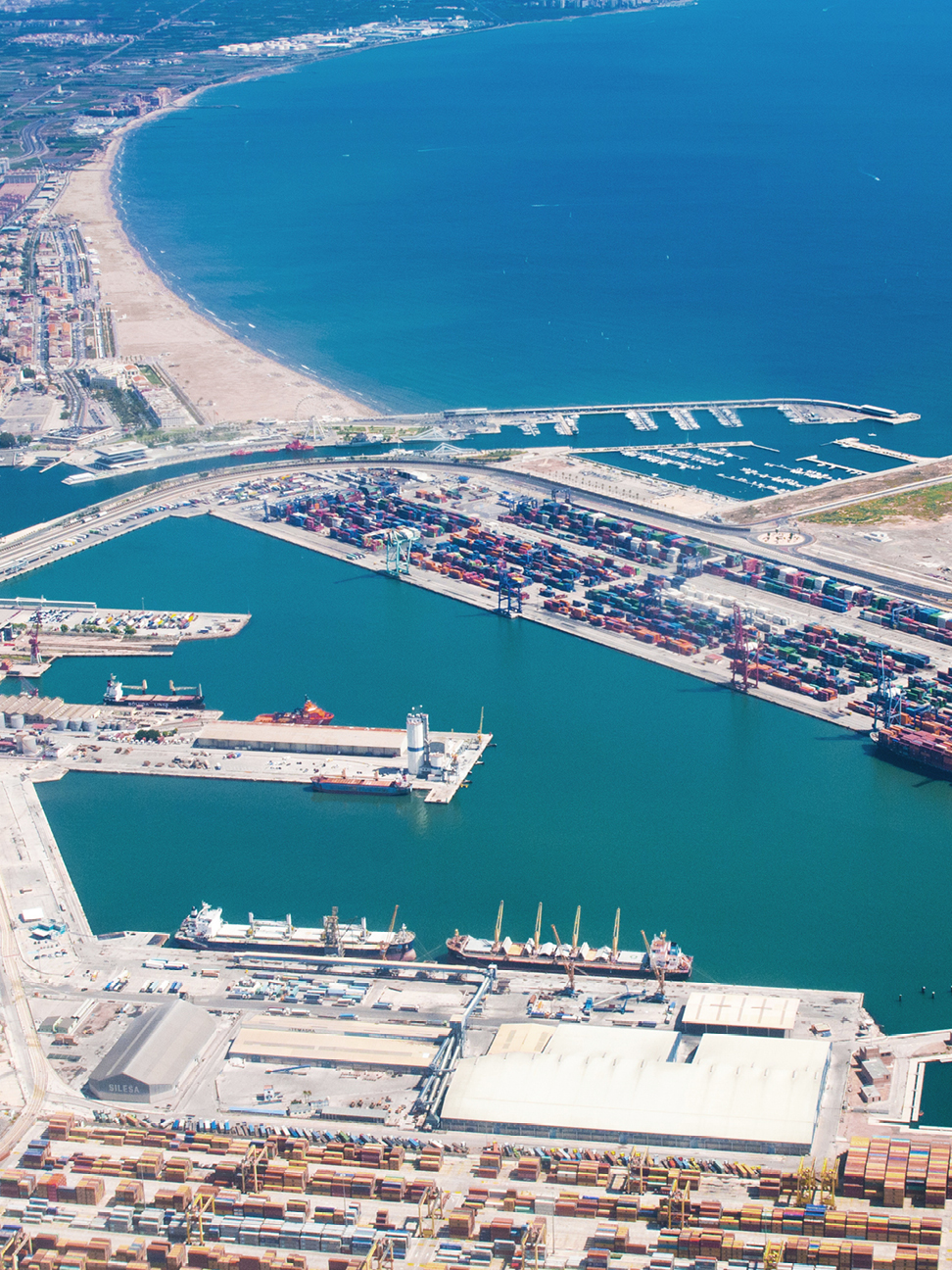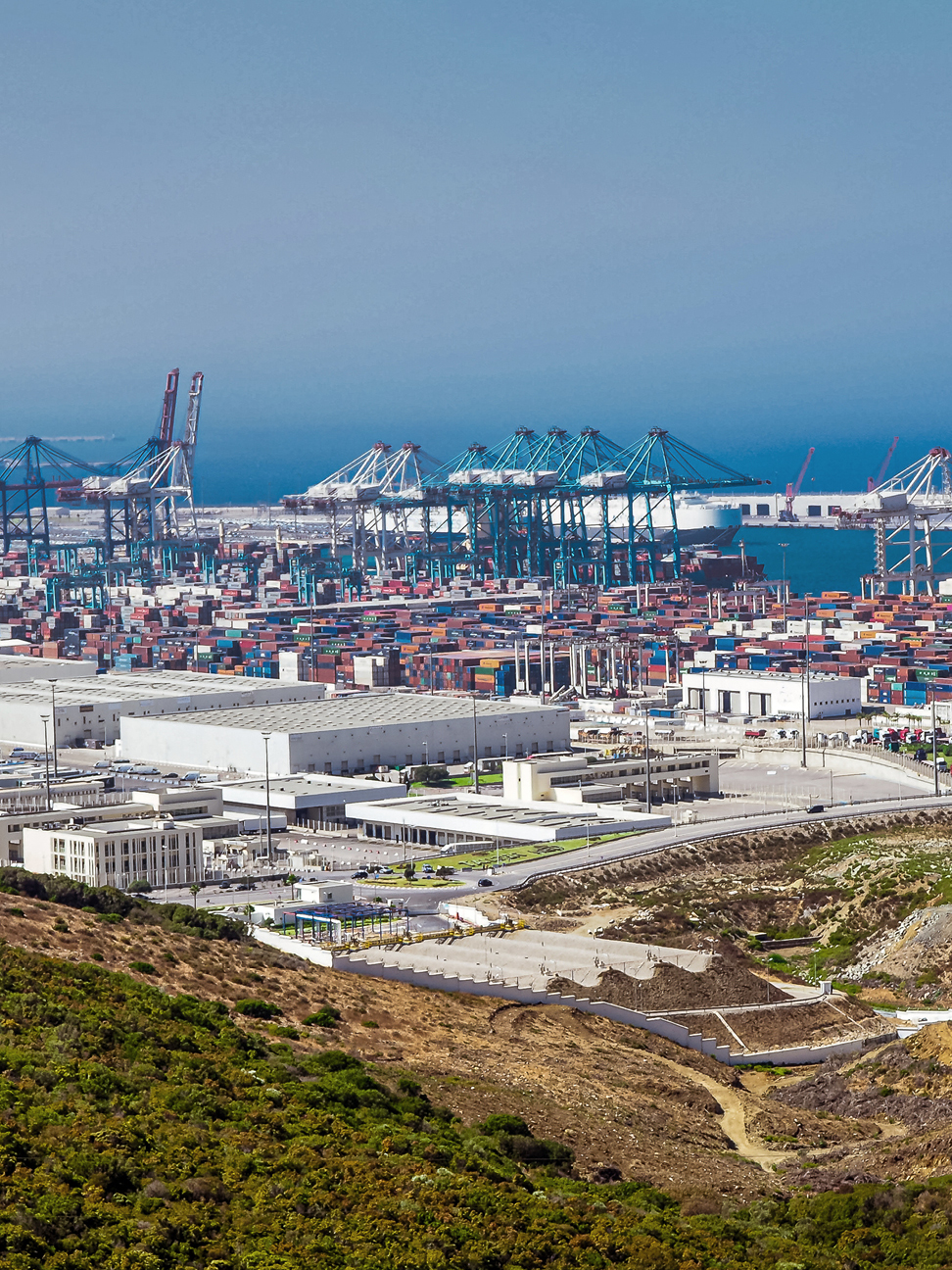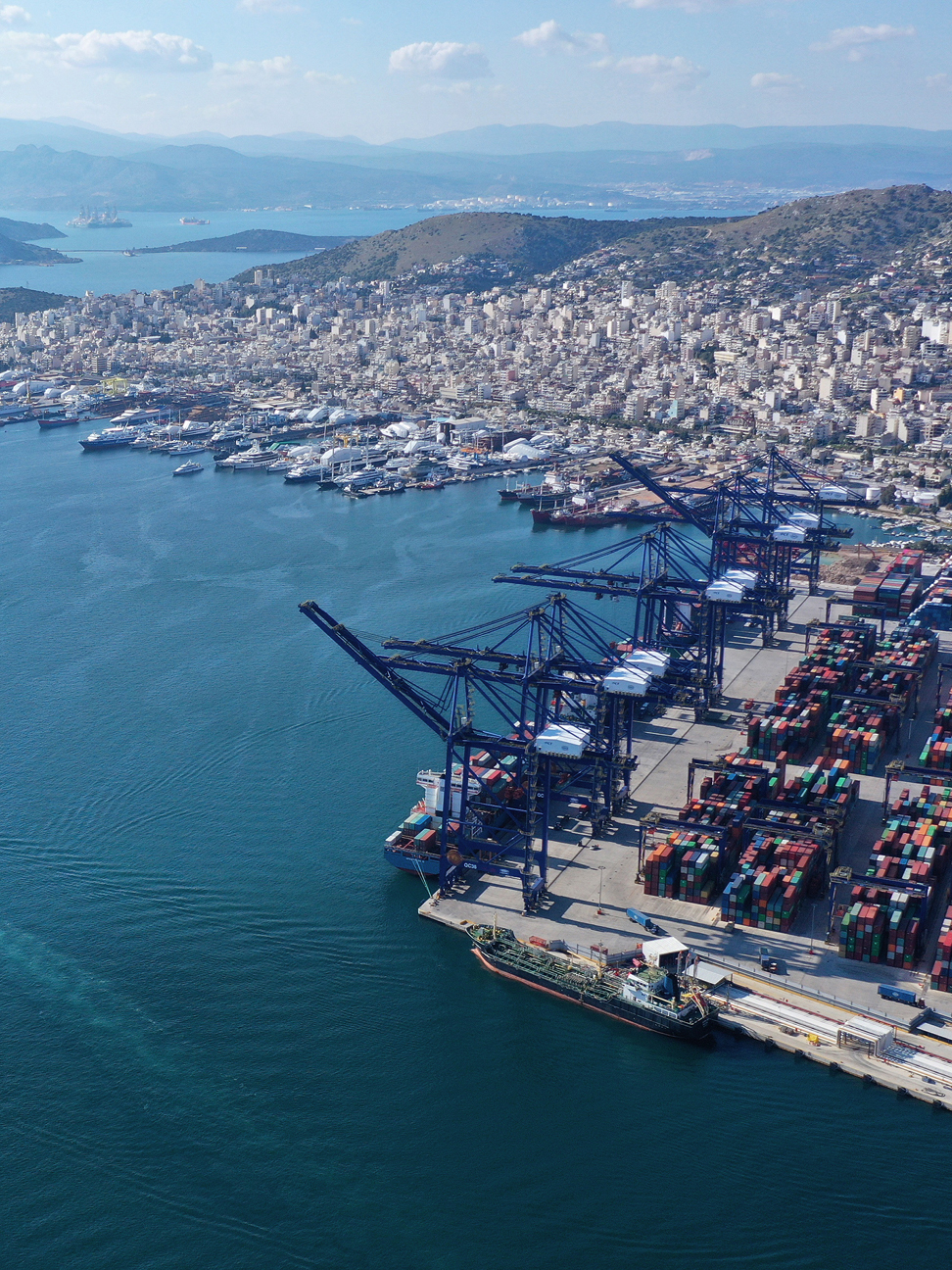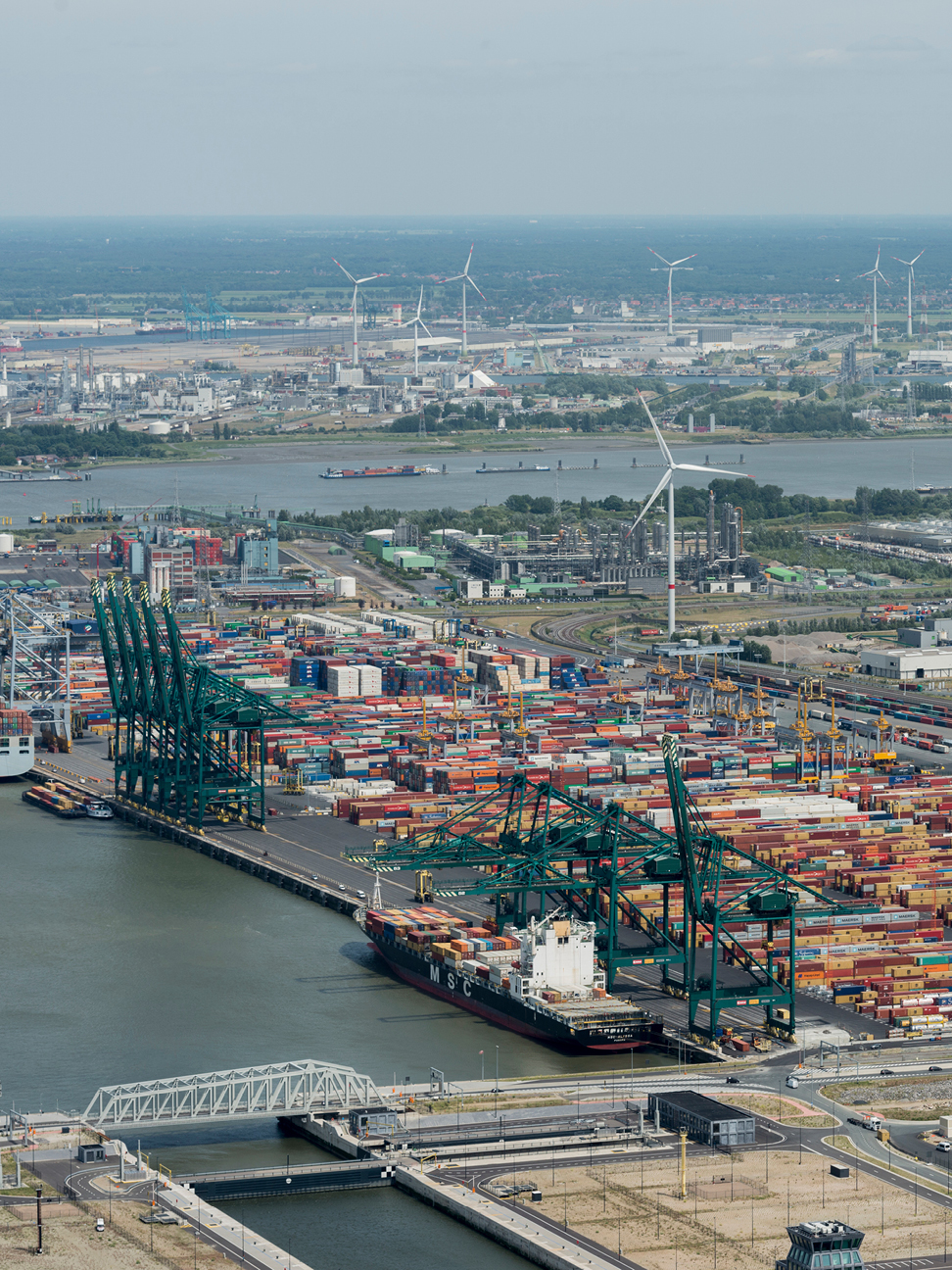Future Cities
2022 Global Seaport Review: Valencia, Spain
Navigating evolving global seaport regions and their impact on industrial real estate
December 13, 2022 4 Minute Read

The Port of Valencia is a key lynchpin in the Valencian and wider Spanish economy. With container and automotive capacity expanding and intermodal connectivity improving, particularly by rail, the value and centrality of the port is only set to increase.
Overview
The Port of Valencia comprises three ports: Valencia for container shipping, Sagunto for industrial goods and Gandia for general cargo. The port can accommodate post-Panamax ships and ranks 20th on the United Nations Port Liner Shipping Connectivity Index.
Valencia is Spain’s leading Mediterranean port in terms of commercial traffic and a key hub for maritime trade in Southern Europe due to its strategic location and 1,000-plus connections to major world ports. It is the closest to the Suez-Gibraltar axis, making it the main route for interoceanic shipping lines, including close links to Southern Europe and North African countries.
Valencia’s direct area of influence reaches 350 kilometers, an area that generates 51% of Spain’s GDP and includes half of Spain’s working population. As a hub for the entire western Mediterranean, the port distributes goods over a 2,000-kilometer radius to southern EU countries and North Africa (Morocco, Algeria, Tunisia and Libya), an area encompassing 270 million consumers.
Figure 1: TEU volumes
Source: CBRE Research, Port of Valencia, 2022.
Figure 2: Population demographics
Source: macrotrends.net, 2022.
The largest and best-connected container port on the Iberian Peninsula, with global shipping lanes running from Asia to Northern Europe
Port features
The port currently has a maximum capacity of 7.5 million TEUs. A new container terminal is being built that will increase capacity to 10 million TEUs. Goods handled include consumer products, agricultural goods, food, fuel products, chemicals, construction materials and machinery. Sagunto is highly competitive in the handling of motor vehicles, with around 125 acres dedicated to vehicle logistics. Sagunto is also the leading Spanish port for iron and steel products and a major destination for natural gas imports to the Iberian Peninsula and, more recently, gas exports.
The port is targeting net zero emissions by 2030. To that end, it’s investing €130 million to build two electric substations and photovoltaic cells, and uses wind and hydrogen power.
Figure 3: Port details
Source: CBRE Research, Port of Valencia, 2022.
Trade partners
Spain’s largest export destinations include France, Germany, Portugal, Italy and the U.K., with imports concentrated from Germany, France, China, Italy and the Netherlands.
Intermodal transportation
The port is well connected via a bypass road and rail to the center of Spain, making it the main port for Madrid and an essential hub for the entire Iberian Peninsula. All three ports have private railway systems that connect to Spanish and wider European railway networks, linking it to manufacturing hubs on the Iberian Peninsula and the Continent.
The port is part of the EU’s Trans-European Transport Network (TEN-T) via its CONNECT Valenciaport project, which will improve rail connectivity to various container terminals, extending platform lengths to 750 meters and changing the gauge width for freight trains.

Real estate influence
With 4.38 million sq. m. of logistics stock, Valencia is the third-largest logistics market in Spain. In 2021, Valencia take-up increased 78% year-over-year to a record 569,000 sq. m. In H1 2022, take-up reached 270,000 sq. m., up 112% from H1 2021. Midway through 2022, 146,000 sq. m. of logistics space was available, reflecting an estimated vacancy rate of 3.3%. Valencia’s logistics stock has increased by more than 90% over the past five years.
Figure 4: Industrial & logistics market stats
Source: CBRE Research, H1 2022.
Explore Global Seaports by Port
Related Services
- Property Type
Industrial & Logistics
We represent the largest industrial real estate platform in the world, offering an integrated suite of services for occupiers and investors.
- Property Type
Ports
Manage all your integrated logistics needs with services that combine our industrial roots with extensive supply chain experience.
- Consulting
Supply Chain Advisory
CBRE Supply Chain Advisory helps you solve complex business problems and build distinct advantage through supply chain transformations.
Insights in Your Inbox
Stay up to date on relevant trends and the latest research.









